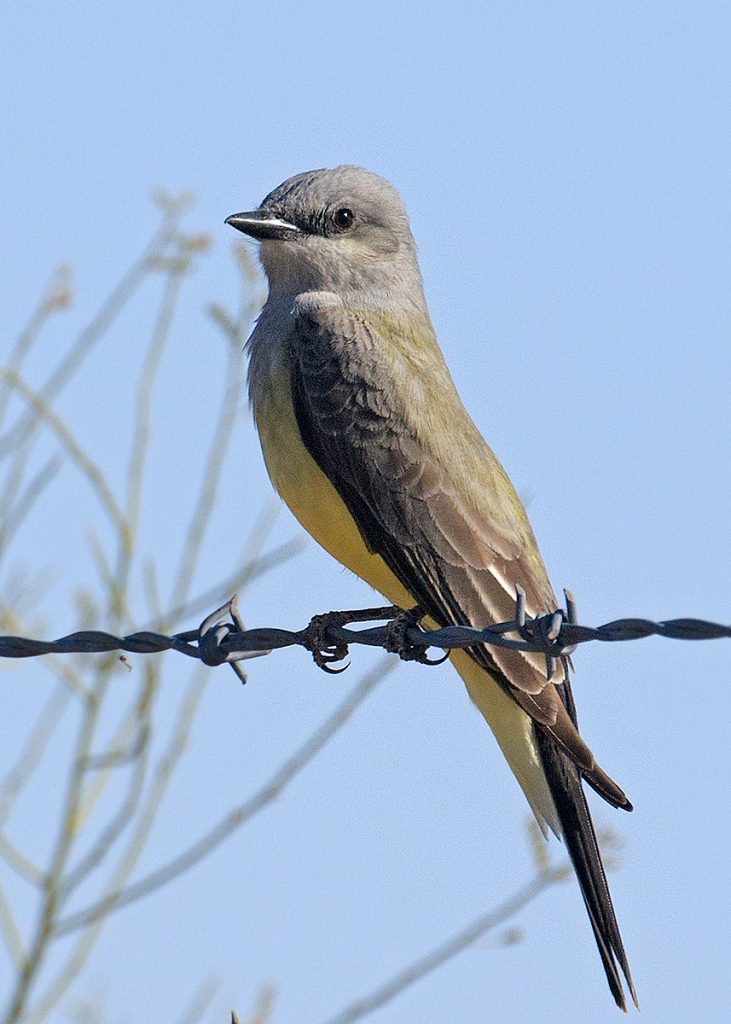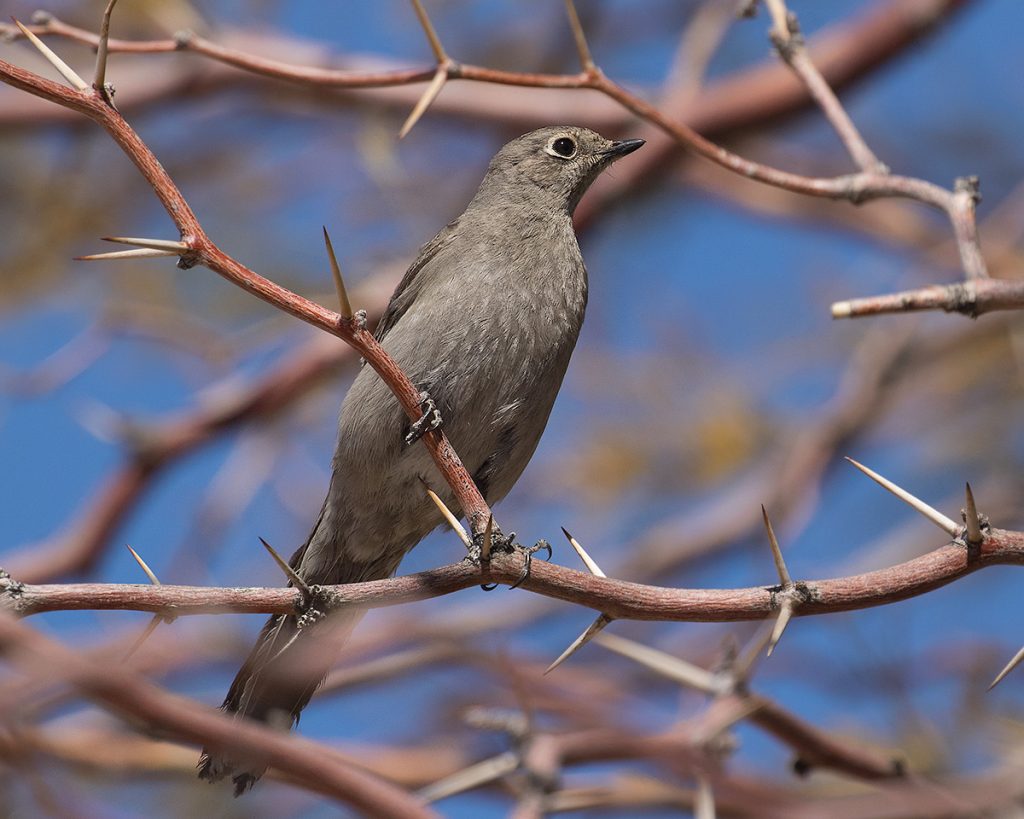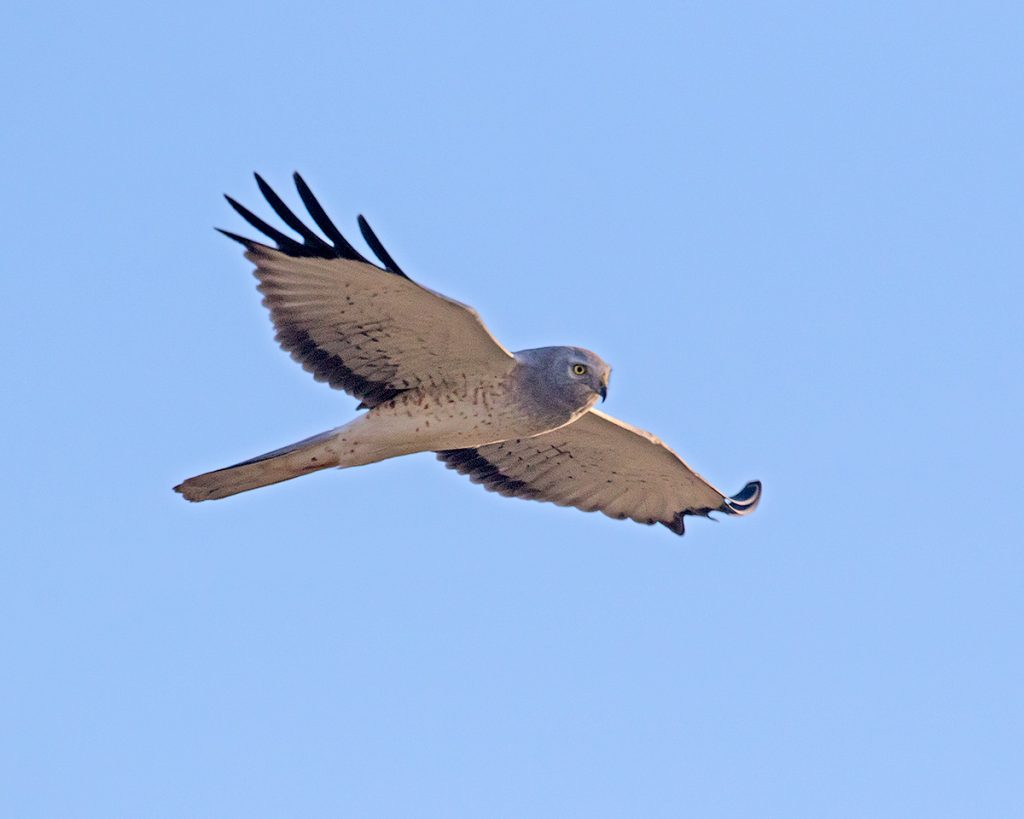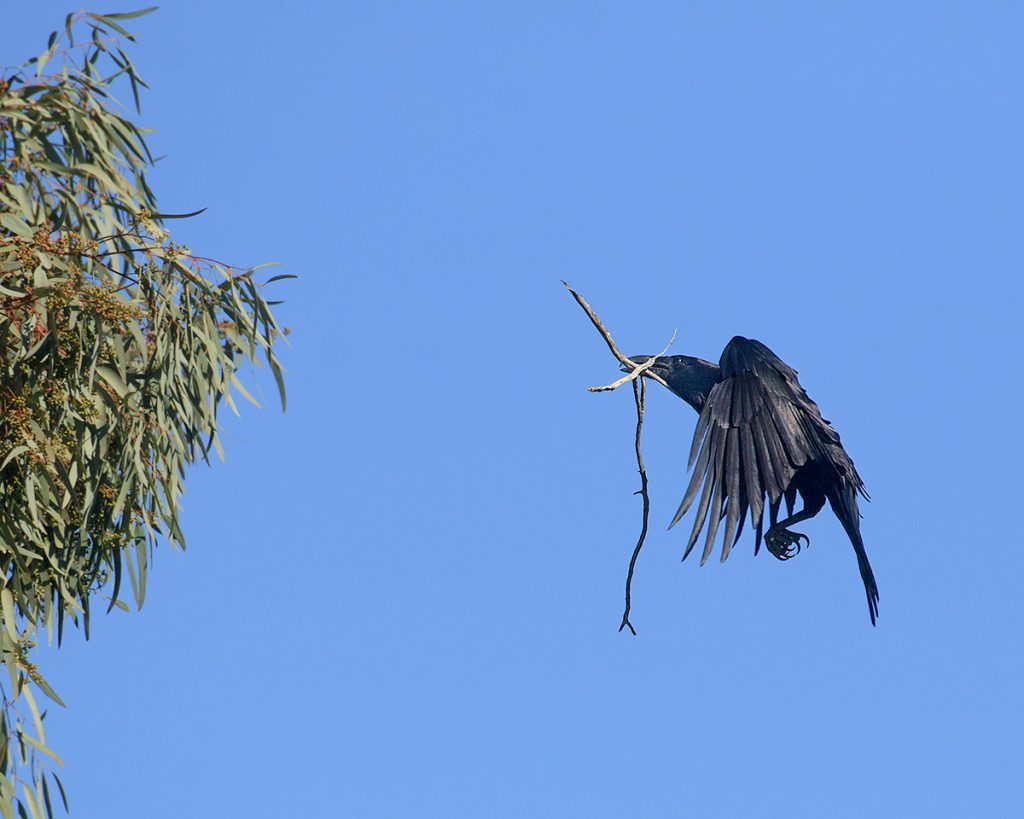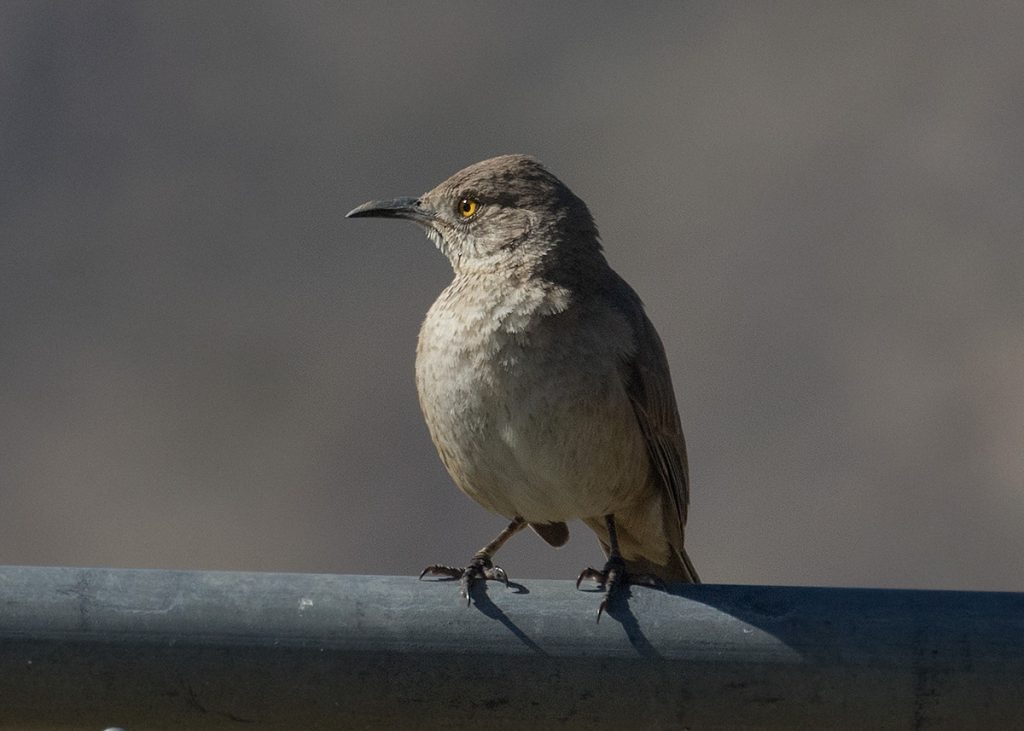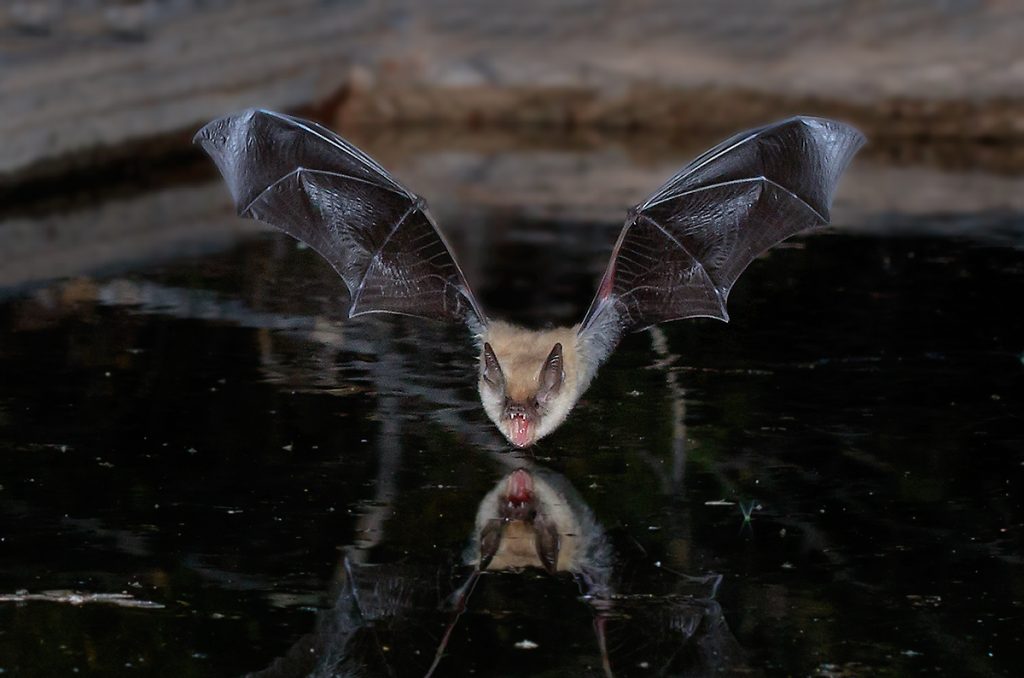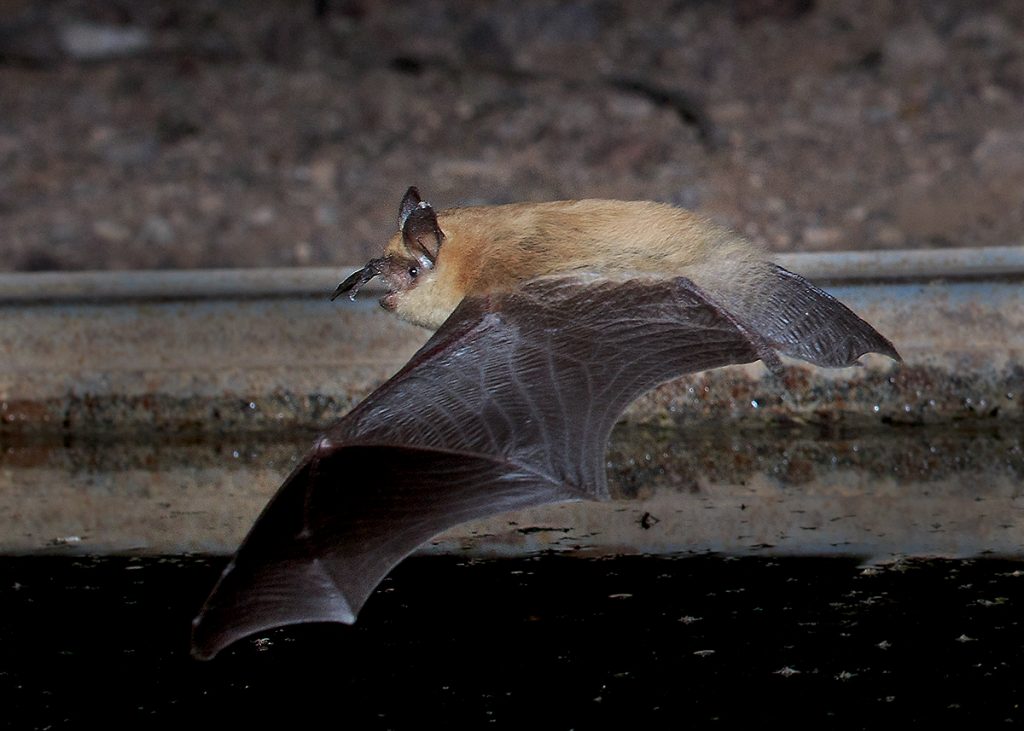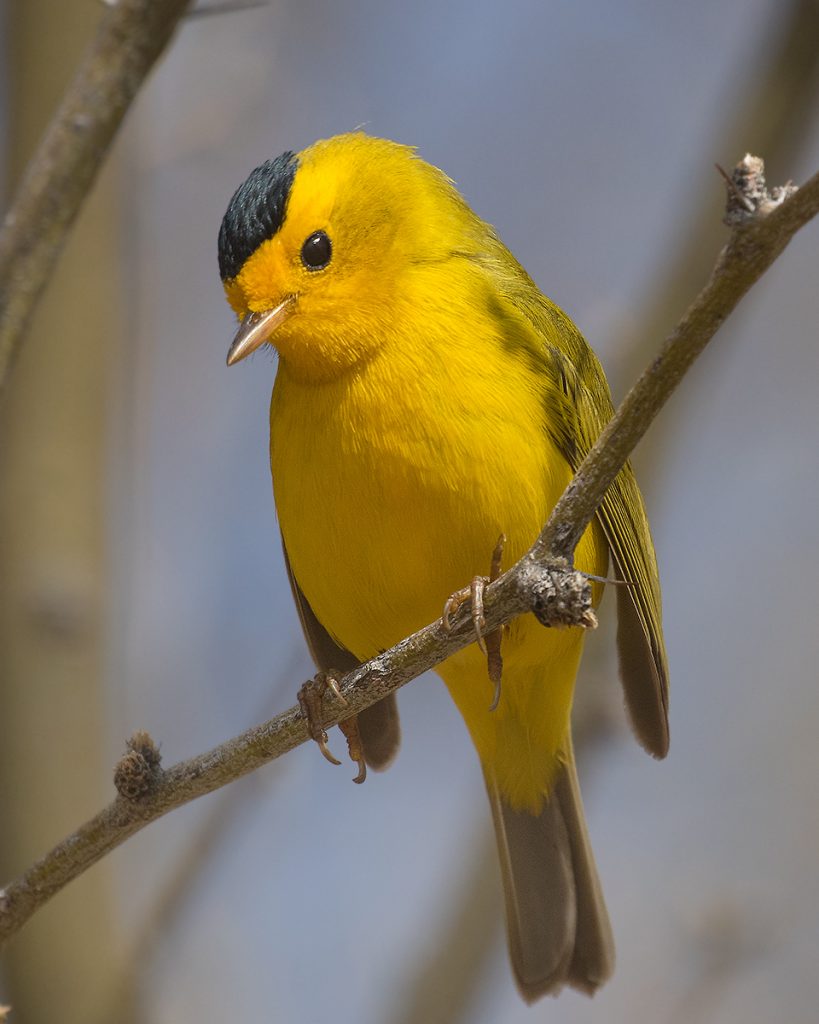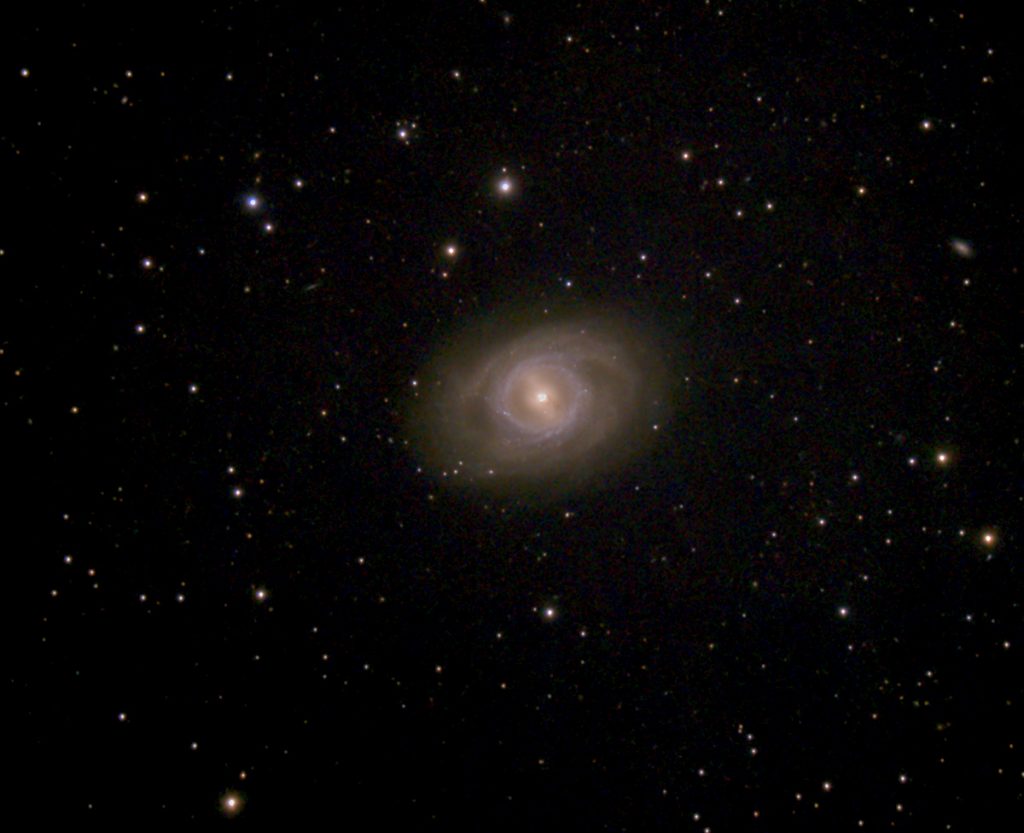I went back to Valentine Well last night. I got set up for an evening of bat photography and tried a little different arrangement, hoping to get shots of bats flying straight toward the camera. I had little idea that this would be the best night of bat shooting I’ve ever had! I got at least three species and maybe four. Best of all, I finally got a good shot of a Townsend’s Big-eared Bat. I got one last spring but it was out of focus just enough to make it a photo I didn’t really want to show anyone. Anyway, it was fun and I will back out there tonight. I have some ideas on how improve and will see if they work.




